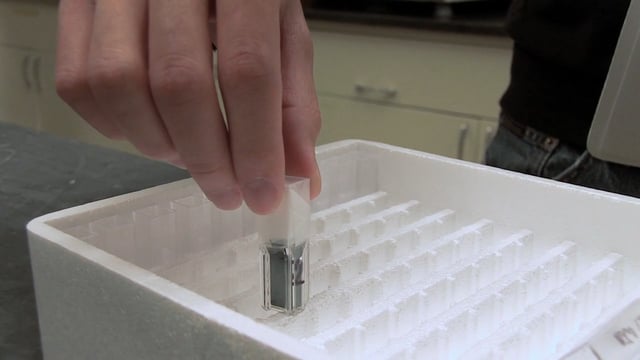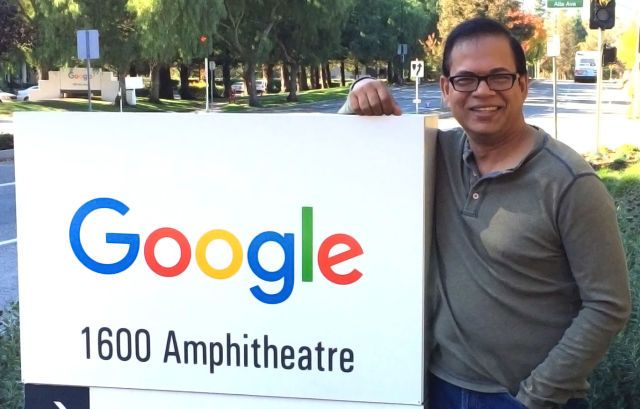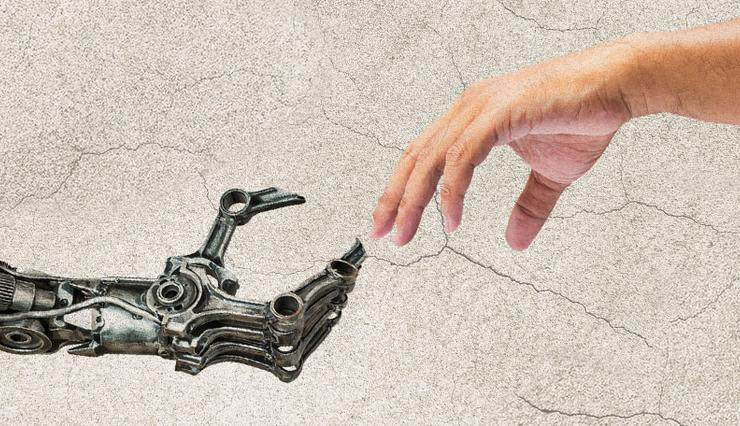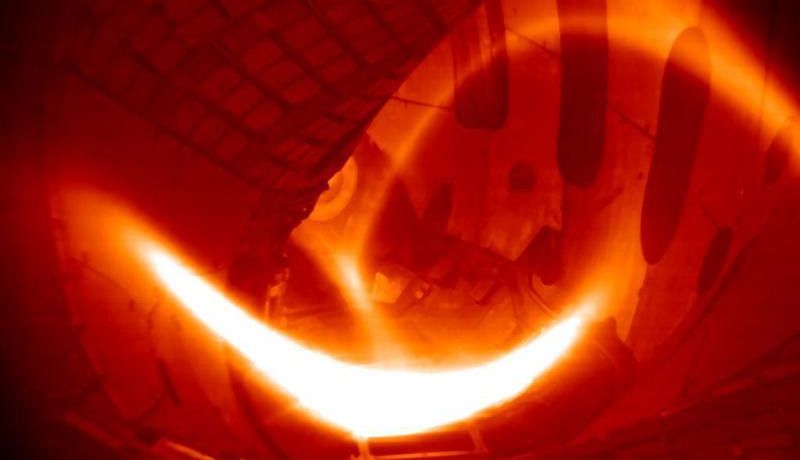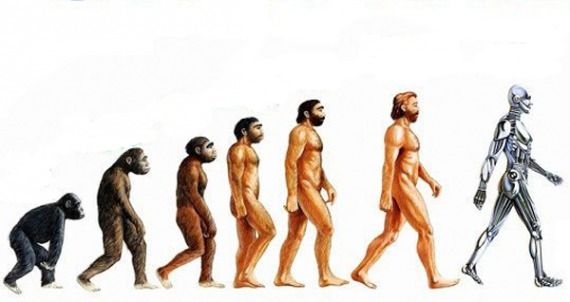I don’t claim to be the expert on all things Quantum by no stretch; however, this is an amazing discovery and huge step forward for Quantum.
Quantum gas and liquid/ ferrofluid (quantum fluid made of tiny magnets). Now there’s a concept. Q-Dots as ferrofluid flowing through out your system (which is already comprised of about 72% H2O; think about how liquid Q-Dots can be easily absorb as a liquid and given your brain, heart, etc. run on electro charges and sensors; it could definitely open the discussion why even bother with nuero implants when Q-ferrofluid could actually be absorbed and manipulated to target the right areas for fighting diseases or improving brain functions.
The world of quantum mechanics happens only in small scales around a few nanometers. In this nanoworld, particles can behave like waves, and vice versa and have only some probability to be in a particular region. These effects can be directly observed in ultracold dilute gases. For this purpose thousands or a million atoms are cooled down to a few billionth of a degree above absolute zero. At such low temperatures particles become indistinguishable und unite collecitvely to a single giant matter wave called Bose-Einstein condensate which has astonishing properties. The matter wave flows as quantum fluid practically without inner friction, thus it is namedsuperfluid.
Researchers around Tilman Pfau at the Center for Integrated Quantum Science and Technology IQST in Stuttgart (Germany) created such a quantum fluid made of tiny magnets – that are atoms of the most magnetic element dysprosium. They call it “quantum ferrofluid” since it is superfluid and has magnetic properties similar to classical ferrofluids. Ferrofluids consist of ferromagnetic nanoparticles dissolved in oil or water. When a strong magnetic field is applied perpendicular to the surface of the ferrofluid it undergoes a so-called Rosensweig instability. The surface is no longer smooth like normal fluids, but it generates a regular thorny surface resembling a hedgehog. From the point view of the tiny magnets in a ferrofluid, every south- and northpole attract each other. Therefore, it is energetically favourable to be on top of each other along the field direction, so the fluid grows peaks out of the smooth surface.
Continue reading “Quantum gas, liquid and crystal all-in-one” »

